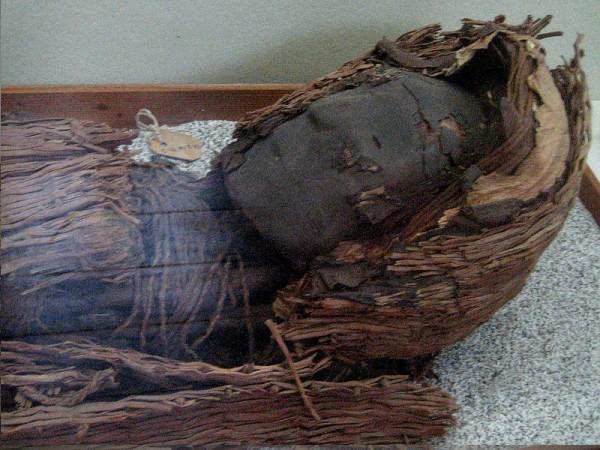
Ancient Chilean mummies that have been preserved for over 7,000 years are gradually turning into what has been referred to as "black ooze" due to climate change, reports said on Monday.
Humid air is rapidly allowing bacteria to grow in the famous Chinchorro mummies, and their skin is going black and becoming "gelatinous", Ralph Michell, a professor emeritus of applied biology at Harvard Univeristy in Cambridge, Massachusetts, said in a statement.
The Chinchorro mummies are known to be the oldest examples of artificially mummified human remains.
According to Mitchell and his colleague Alice DeAraujo's examination of the mummies, the bodies are rapidly degrading. Tests showed that microbes that thrive in humid conditions were dissolving the preserved bodies of the once hunters and gatherers, into "black ooze."
"Is there a scientific answer to protect these important historic objects from the devastating effects of climate change?" Mitchell said in a statement noted by Bloomberg.
"It's almost a forensic problem."
Symptoms of degeneration became apparent in the past 10 years, and has affected many of the 120 mummies that are kept at the University of Tarapaca's archeological museum, in the city of Arica, the researchers added.
According to Mitchell, the bacteria seen in the mummies aren't from ancient organisms but are those that are normally found in human skin. Calling the bacteria as "opportunist", he added that they were simply waiting for the right temperature and moisture so that they can start "to use the skin as nutrients".
"In the last 10 years, the process has accelerated," said Marcela Supulveda, professor of archaeology at the University of Tarapaca in Chile. Supulveda also worked with Michell.
The museum is located near the Atacama Desert – known as the driest desert in the world —but, humidity levels in the region have increased rapidly in recent years. This might have played a role in what is happening, Supulveda said.

















